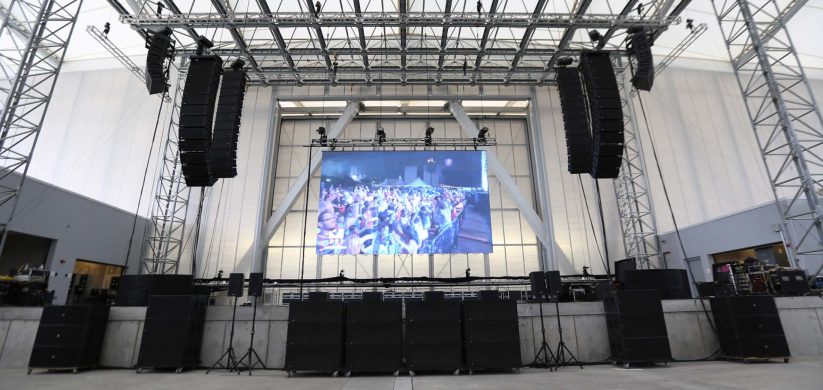Innovative Strategies to Boosting Wireless Linkage Solutions for Luminescent Wall Screens.
Wiki Article
Wireless communication solutions for LED wall screens have redefined the way we utilize visual displays in various environments, such as live events, conferences, and advertising. These panels, known for their high-impact colors and high resolution, rely heavily on stable wireless connections to function effectively. As digital infrastructure continues to advance, cutting-edge strategies are being developed to enhance these wireless solutions. This article will examine some of the latest techniques aimed at improving wireless connectivity for Luminescent Diode wall panels.

One significant method to enhancing wireless communication is the use of advanced antenna systems. Antennas play a vital role in transmitting and capturing signals between devices. By employing adaptive antenna arrays, which can adjust their direction and beamforming pattern based on the environment, engineers can greatly improve signal integrity and stability. This dynamic tuning helps reduce disruption from other electronic devices and obstacles, leading to sharper video quality and more stable link performance for LED wall panels.
Another forward-thinking strategy entails utilizing mesh network architectures. Unlike conventional wireless setups that depend on a single router, mesh systems consist of multiple nodes that collaborate to spread the internet signal over a larger area. This structure guarantees that LED wall screens receive a steady signal regardless of their location. In spaces like arenas or large exhibition halls, where physical barriers may interfere with signals, mesh technologies provide a more robust solution by ensuring signal integrity even in crowded areas.
In addition, incorporating edge processing into wireless communication systems can boost performance for LED wall site panels. Edge computing allows data processing to occur closer to the source of data generation rather than relying solely on centralized data centers. By processing data near the LED wall panels, the architecture minimizes latency, resulting in quicker response times and more fluid video playback. This innovation is especially advantageous for use cases that demand real-time responses or interactive functions, making visual displays more immersive for audiences.
Lastly, leveraging new communication protocols can also improve wireless network performance for Light Emitting Diode wall screens. Protocols such as 802.11ax and fifth-generation wireless offer greater bandwidth and accelerated data transfer rates compared to previous standards. These advancements enable multiple units to connect simultaneously without sacrificing performance. As LED wall panels are often used in conjunction with other smart devices, implementing these advanced protocols guarantees that all systems can interact effectively, leading to an overall better user interaction.
To summarize, the advancement of wireless connectivity solutions for LED wall panels is crucial as technology continues to evolve. Through developments such as intelligent dimmable led flat panels antennas, mesh networking architectures, edge computing implementation, and new communication protocols, manufacturers can deliver better efficiency and stability. These strategies not only enhance the capabilities of LED wall panels but also elevate the visual displays they deliver across multiple settings. As these technologies continue to progress, viewers can anticipate even more cutting-edge visual presentations in the future.